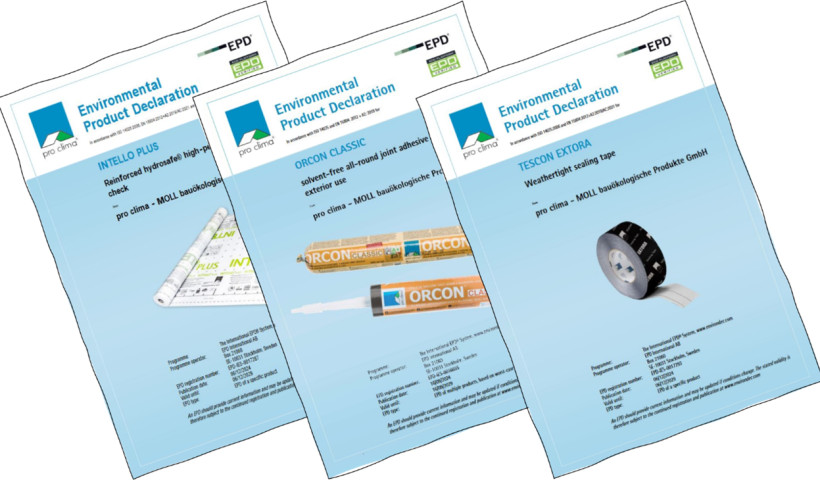
Miles Construction have been quite busy of late erecting medium density houses and apartment developments all over the greater Auckland area. The developments, being built for Housing NZ and designed by RM Designs, are predominantly fabricated using CLT (Cross Laminated Timber) panels sourced from XLam. As the walls, mid floors and roofs are all constructed from the same pre-fabricated solid panels, the buildings are erected and closed in quickly compared to conventional lightweight timber framing, enabling work to commence on the interiors sooner in a nice dry environment, without waiting for frames to dry out.
Pro Clima SOLITEX EXTASANA ADHERO self-adhesive wall and roof underlay is typically pre-applied to the roof panels before they get to site, ensuring the most exposed part of the building is kept dry from the start, well before the roofing goes on. For a whole variety of reasons (including durability, warping and mould growth), it makes sense to not allow kiln-dried timber to get wet in the first place, instead of 'pre-wetting' it and then drying it out later.
Like all Pro Clima external underlays, EXTASANA ADHERO is vapour permeable to allow for any drying to occur, yet highly water-resistant with a non-porous membrane in the middle layer which achieves a water column of 10,000mm, or 100 times the amount required for roof underlays under E2/AS1. This is especially critical for this type of application where the underlay is in full contact with a substrate on a more horizontal plane, to ensure liquid water is not wicked through as would be the case with a porous building underlay. With ADHERO now achieving 180 days UV exposure, the need to get the roof on straight away is not as much of a concern either. BRANZ Appraised (Appraisal No 989), ADHERO can be used on buildings that fall within the scope of E2/AS1 and NZS3604, or for specific design scenarios outside of that scope.
The external walls of the houses are wrapped up in an initial layer of SOLITEX EXTASANA underlay as soon as possible to protect the CLT before Black Pearl external insulation is installed. A secondary layer of SOLITEX EXTASANA is then applied over the insulation to act as the weather-resistive barrier before cladding is installed, with TESCON EXTORA flashing tape used at laps and TESCON EXTOSEAL sill tape applied at the openings, to ensure the thermal envelope is kept dry, warm and airtight to perform efficiently in the long term.
Talking with Dave Salter from Miles Construction at the Avondale job, he said having done a few CLT builds now he prefers this method of building over traditional timber framing, because of the speed at which the jobs progress, and the fact the panels are always straight and true, which adds an element of precision to the build.
With the need to build faster to satisfy Auckland's housing demand, while at the same time improving the quality and performance of the housing stock, modern pre-fab building methods such as CLT panels coupled with innovative materials such as ADHERO and EXTASANA make an ideal mix to ensure both these boxes can be well and truly ticked.












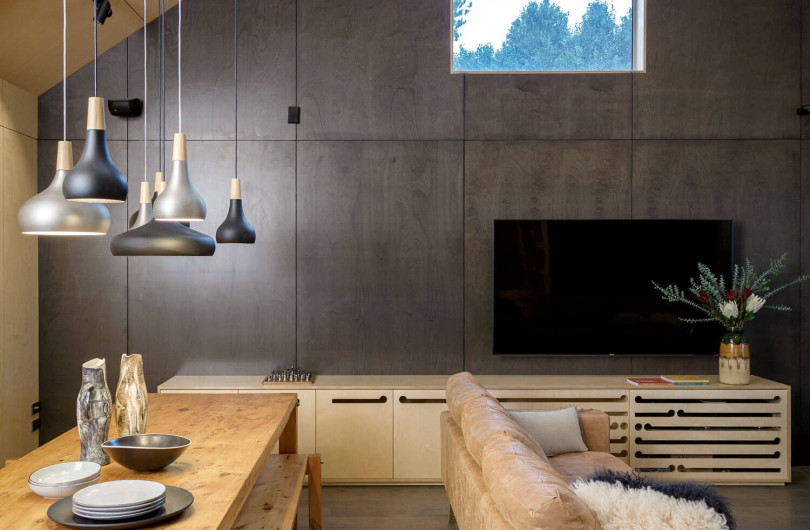
 Case Studies
Case Studies
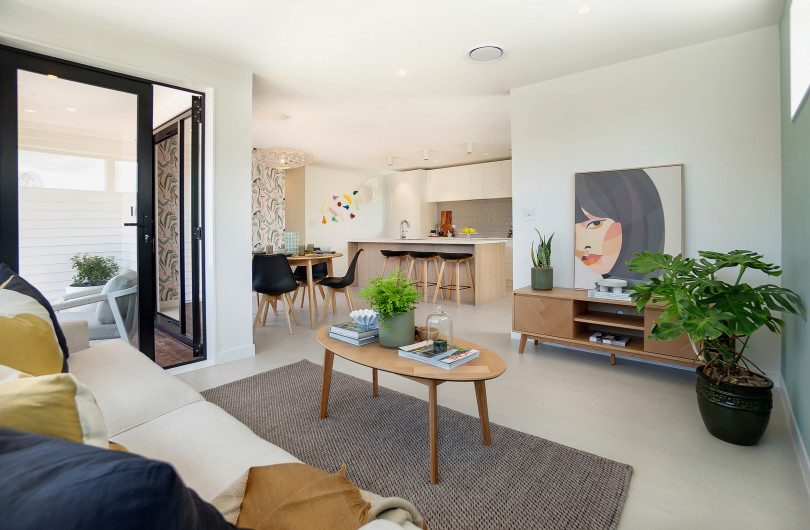

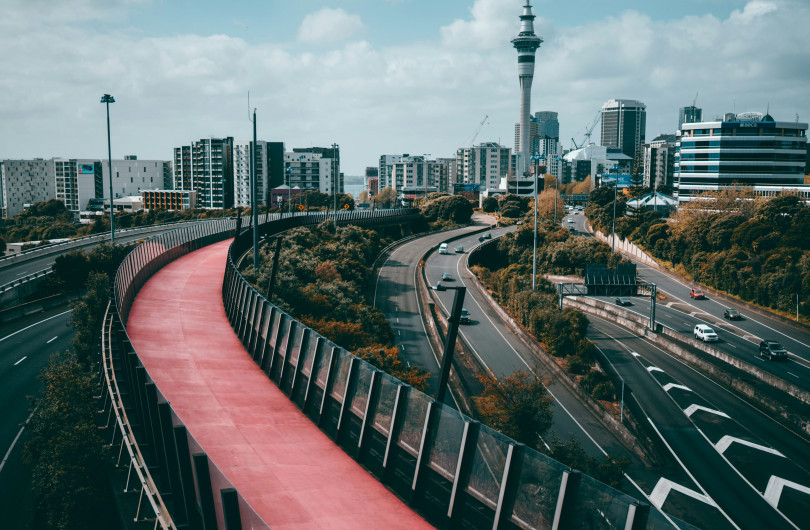
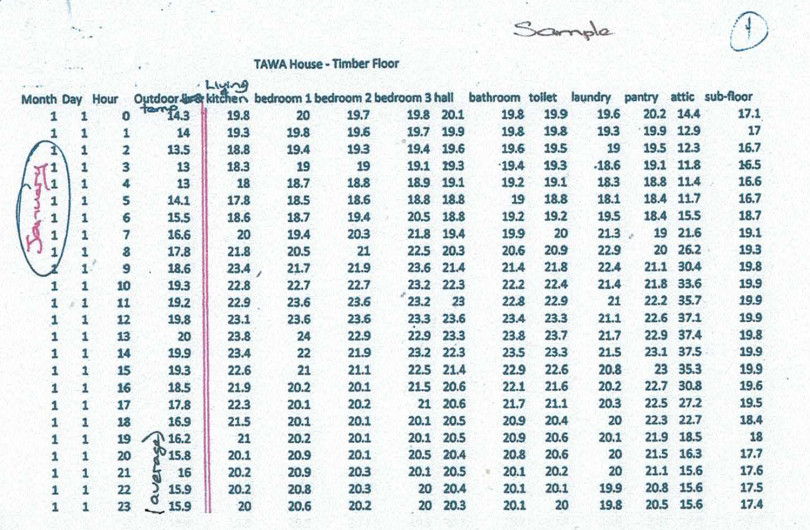




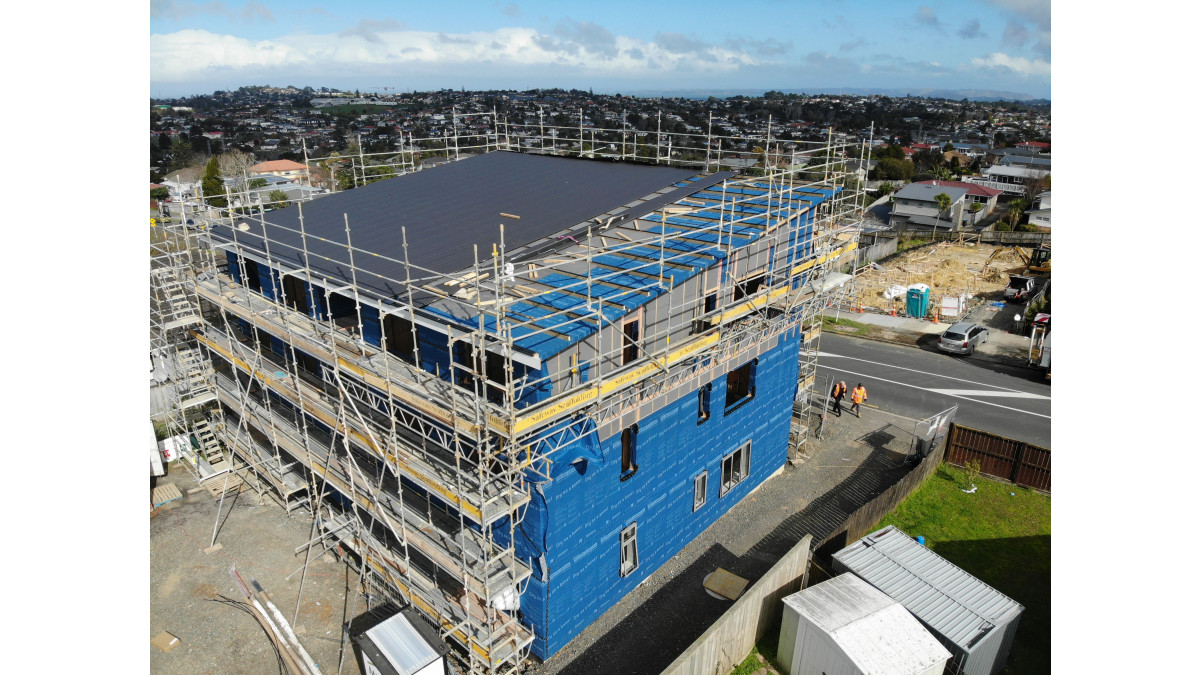

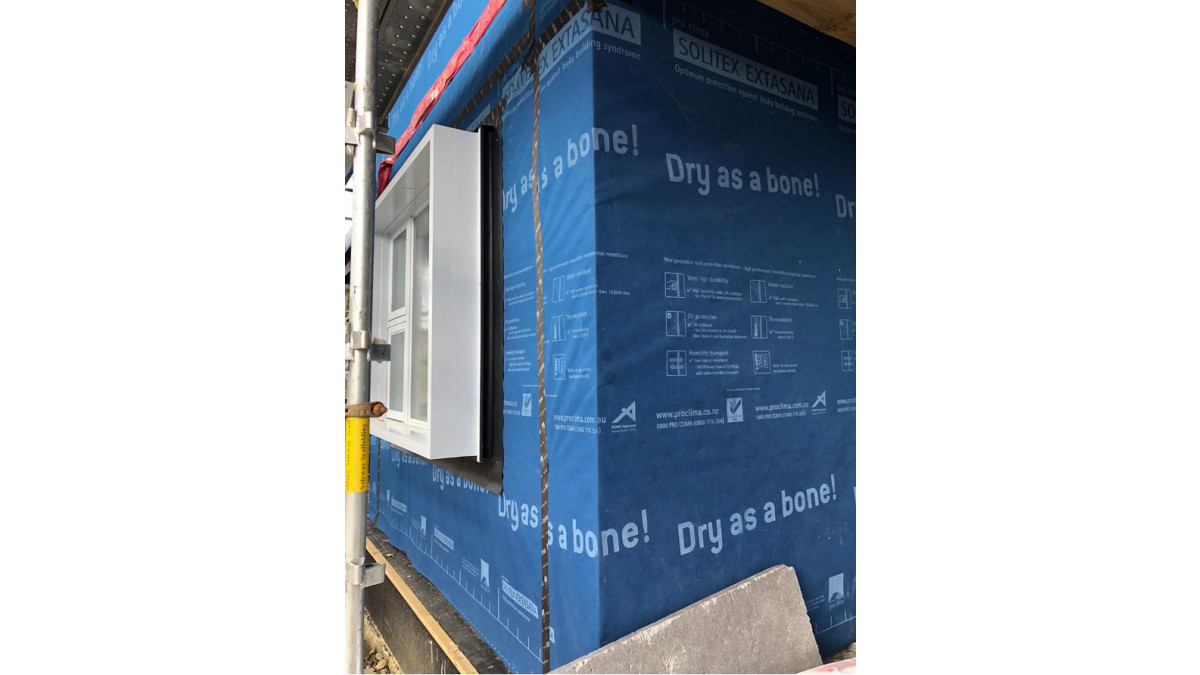
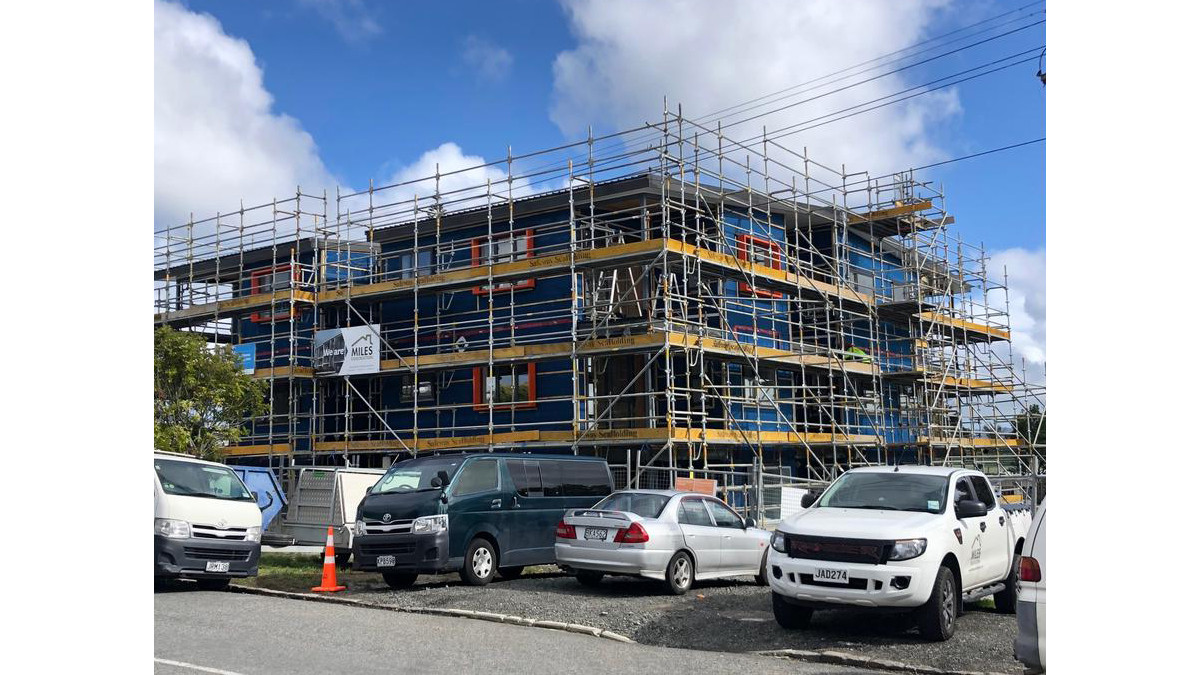
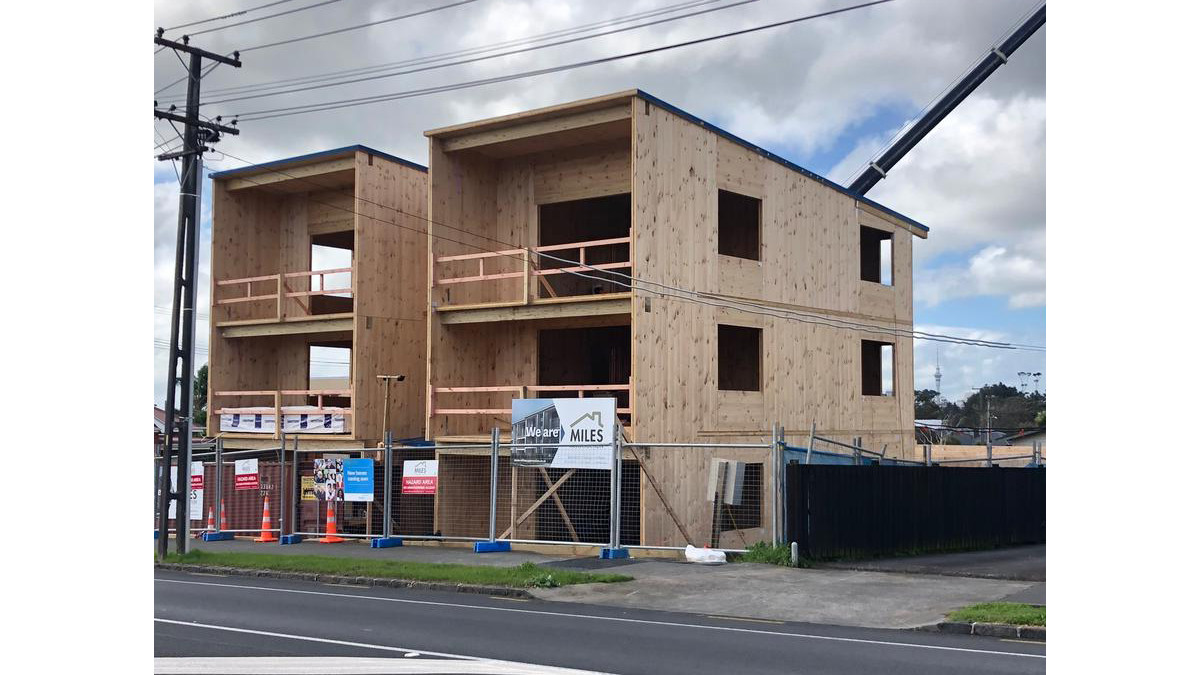


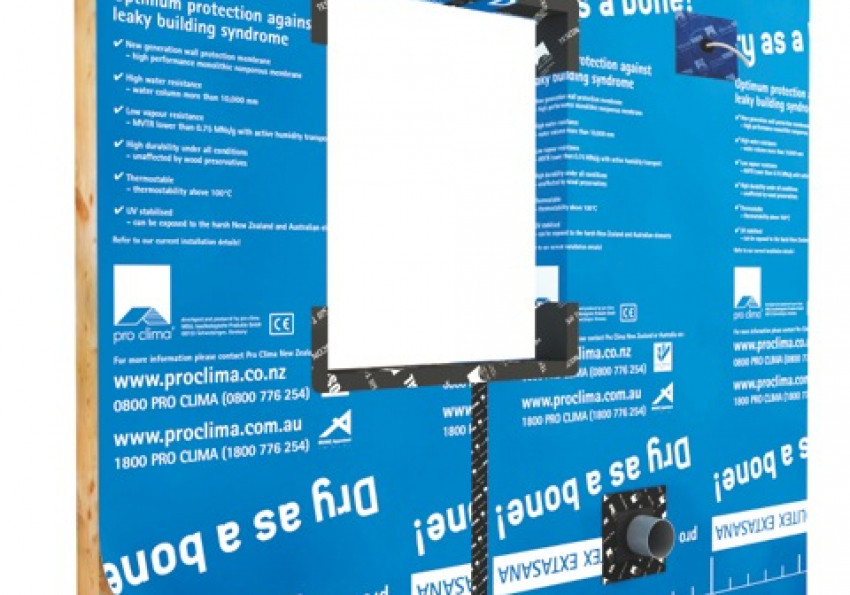
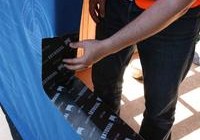
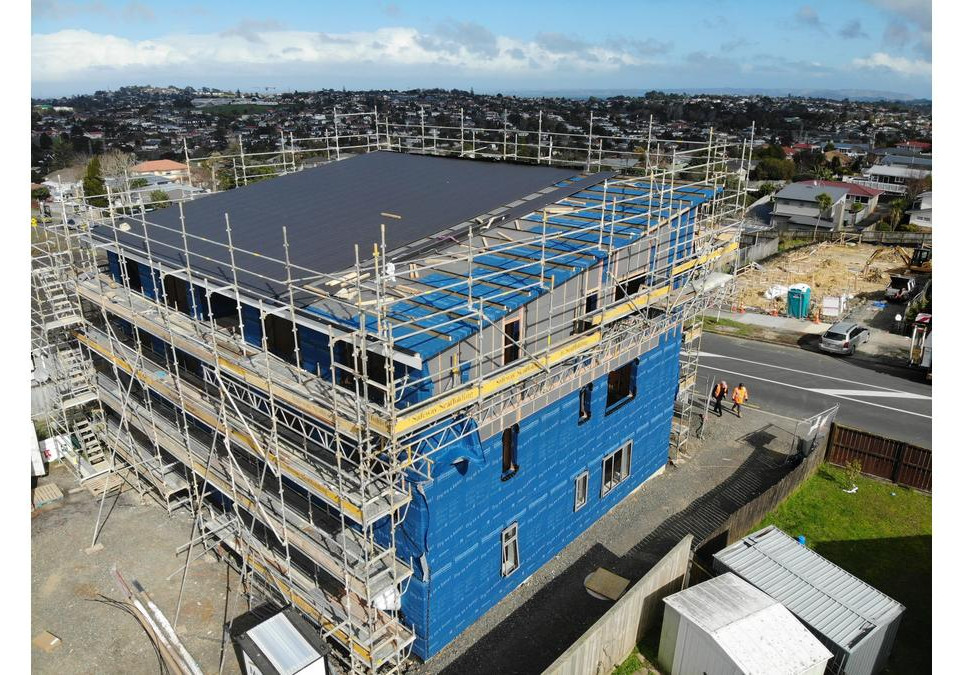
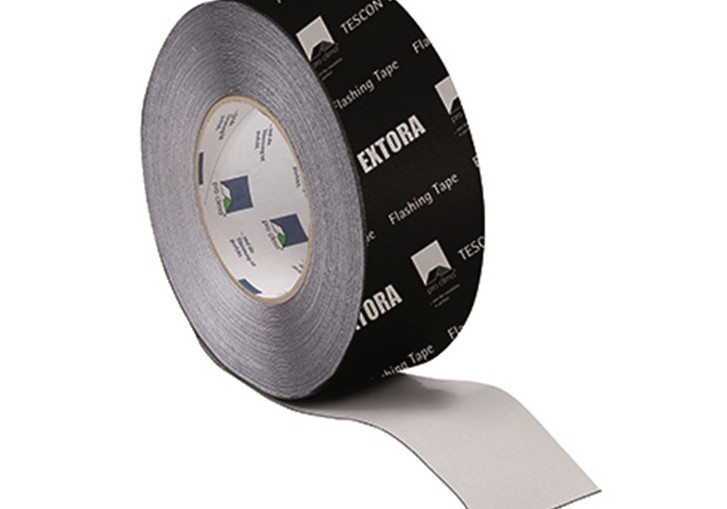

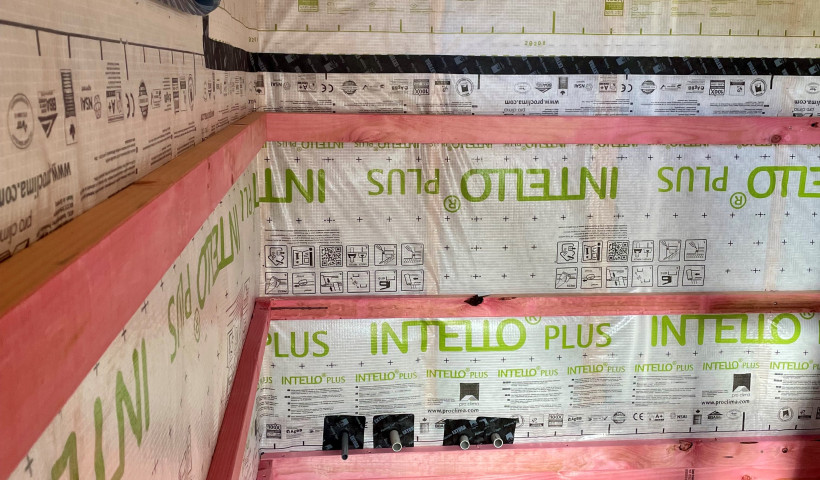
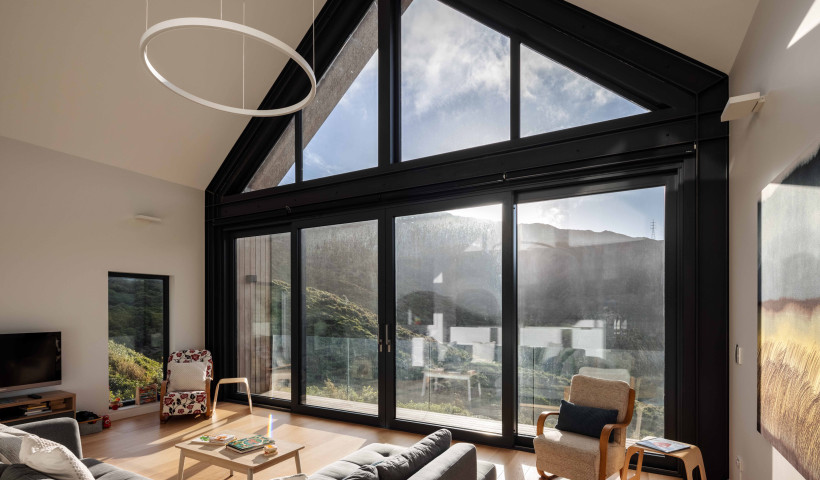
 Popular Products from pro clima
Popular Products from pro clima

 Posts by Pro Clima Technical
Posts by Pro Clima Technical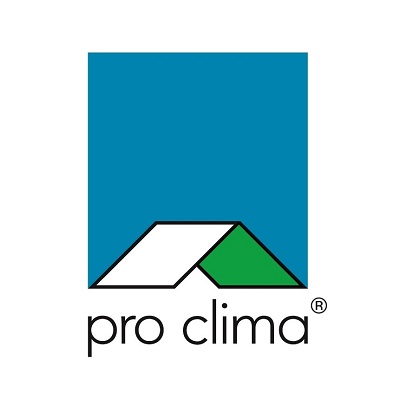
 Most Popular
Most Popular

